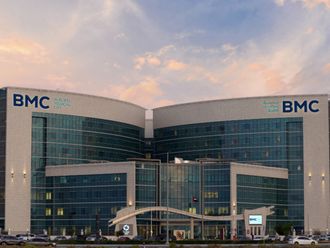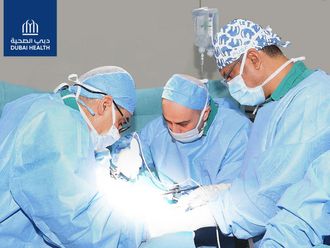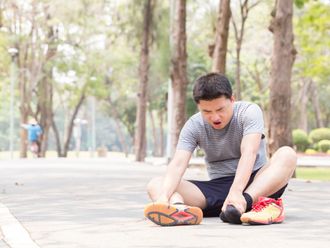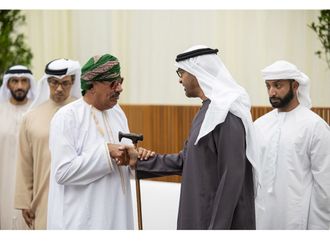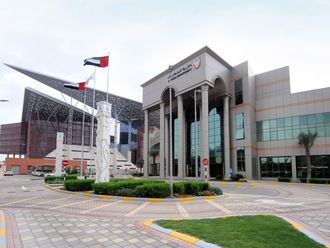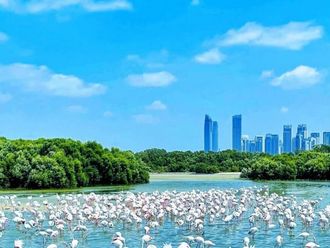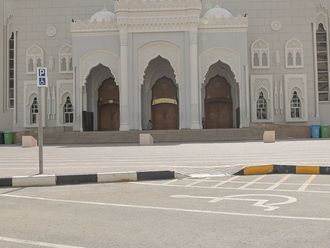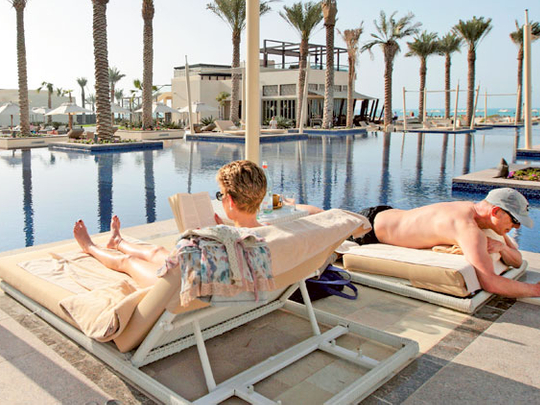
Dubai: There is an increased risk of skin cancer in the UAE, a dermatologist at the Dubai Health Authority (DHA) has warned.
Speaking to Gulf News, Dr Anwar Al Hammadi, Consultant and Head of Dermatology at DHA, said there have been dramatic changes in lifestyle with residents vacationing in sunny climates, engaging in more outdoor activities and selecting artificial tanning solutions.
“These factors have increased the risk of skin cancers. Exposure during childhood and occasional excessive exposure like on weekends or vacations, appears more dangerous than long-term chronic exposure. The most serious type [of skin cancer] is malignant melanoma,” he said.
The risk of skin cancer depends on the skin type, he explained. There are six skin types with type one classified as the fairest skin that always burns, but never tans, and type six as dark or black skin that never burns, but always tans. “In UAE, we see all skin types, thus skin cancers are not uncommon. The incidence of skin cancer is higher among those with fair skin,” he said.
According to Dr Roula Amer, dermatologist at the American Hospital of Dubai, areas with high annual average sunshine like the UAE are considered when investigating the geographic distribution of skin cancer.
Apart from sun exposure, the factors that can predispose the development of skin cancer include genetics.
Dr Amer told Gulf News that the risks of sun exposure include precancerous and cancerous skin lesions, benign tumours, fine and coarse wrinkles, freckles, discoloured areas of the skin (mottled pigmentation) and telangiectasias (dilation of small blood vessels under the skin).
She said sun exposure can be fatal to people of certain conditions. “Although anyone can get skin cancer, the risk is greatest for those with fair or freckled skin, large number of nevi (like moles), or family history of skin cancer. Dark skin has a greater tendency to develop melasma (discolouration of skin) and blemishes. The majority of sun exposure occurs during childhood and adolescence hence protective behaviour is the greatest benefit. Further, the World Health Organisation (WHO) has recommended against tanning beds to be used by anyone under 18.”
Dr Nabeela Rashid, Specialist Dermatologist at Medcare Hospital, Dubai, told Gulf News that overexposure to ultraviolet light (sunlight or tanning lamps) should be avoided. Her advice is to avoid direct sun, ideally between 10am and 4pm and to apply a broad spectrum sunscreen that protects against UVA and UVB rays with a minimum SPF (Sun Protection Factor) of 15, even on cloudy days.
Hot weather extremes can impact the body adversely, leading to various heat-related conditions like oedema (swelling, mostly in the ankles); rashes (tiny red spots on the skin); cramps (sharp pains in the muscles); exhaustion (loss of body water and salt through excessive sweating); syncope (giddiness and fainting); and stroke (elevated body temperature).
According to Dr Gulam Naroo, Senior Specialist in Emergency Medicine at Rashid Hospital, residents need to take precautions. He told Gulf News, “In hot environments, the body has to work harder to get rid of excess heat so it can maintain its normal body temperature. Residents who have low physical activity or those with conditions like epilepsy, obesity or diabetes are at higher risk, often suffering from a lack of acclimatisation.”


